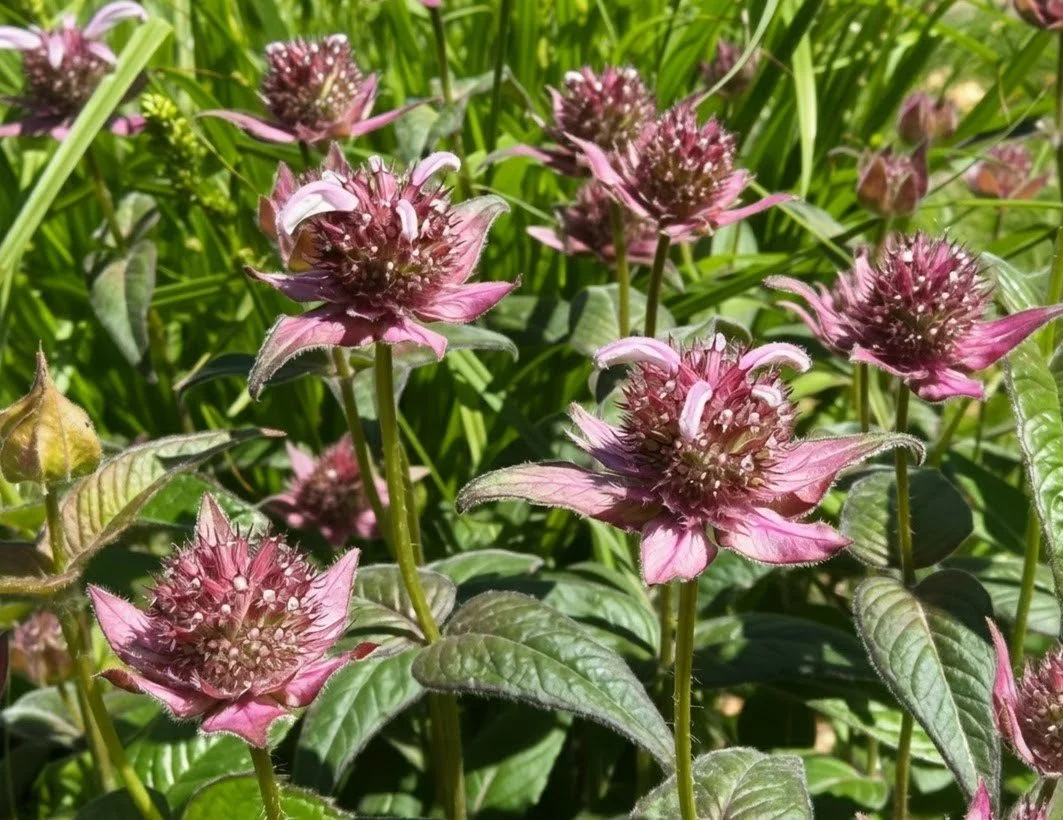Bloom: late spring to early summer
Habitats: bluffs; limestone or sandstone glades; meadows in wooded areas; pastures; roadsides; rocky upland forests; savannas; thickets
Lifespan: perennial
Moisture: somewhat dry
Plant type (height): forb (1 to 2 feet)
Requirements: partial sun
Soil: thin & rocky
